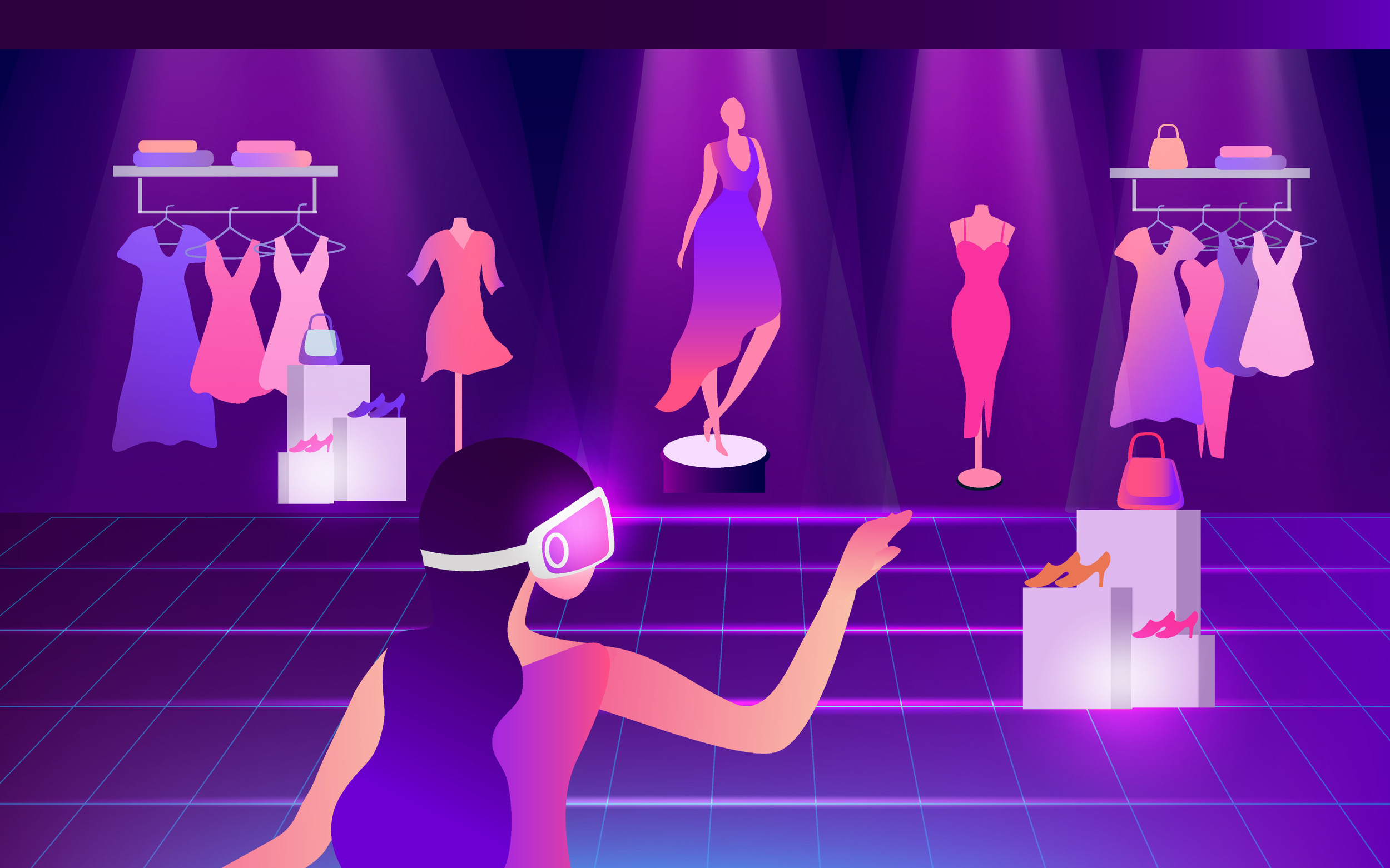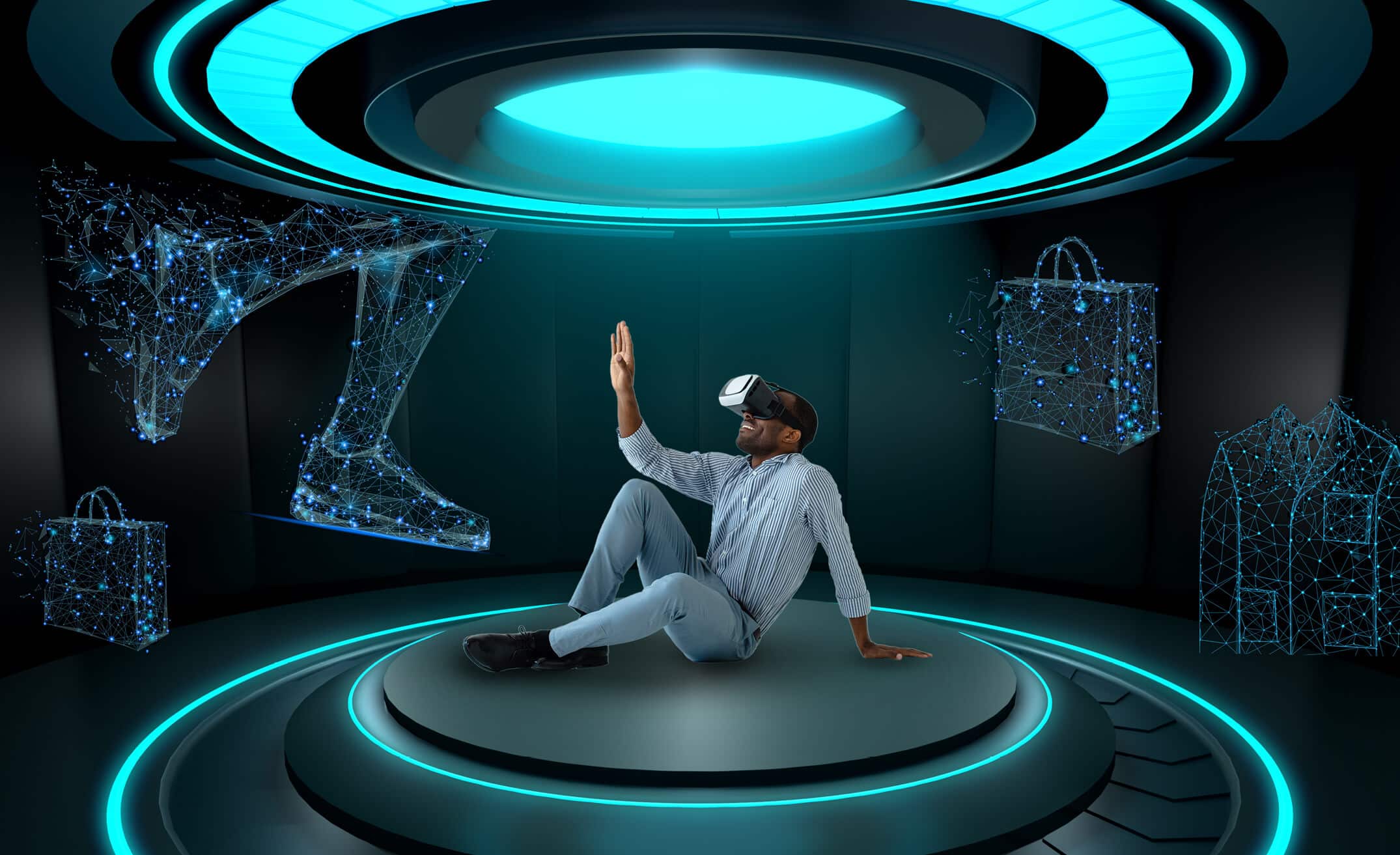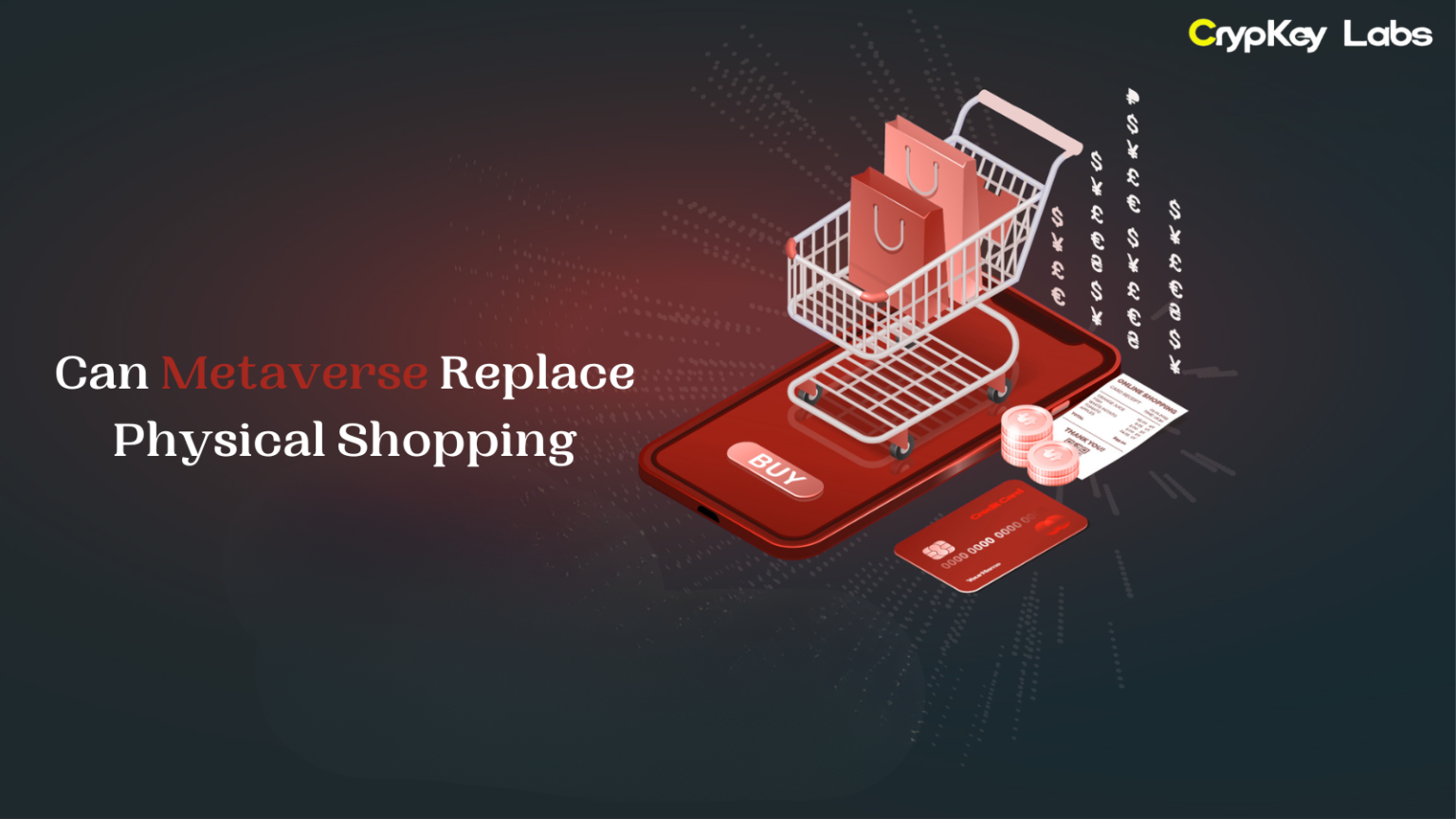The world of shopping is transforming at a breakneck speed. From brick-and-mortar stores to the dawn of online shopping, retail has continuously evolved to meet consumer demands. Now, a new frontier is upon us — the Metaverse. As immersive virtual worlds and experiences become more sophisticated, a burning question arises: Can the Metaverse truly replace physical shopping? Let’s explore this captivating possibility and uncover the potential future of retail.
What Is the Metaverse?
The term “Metaverse” refers to a collective virtual shared space, created by the convergence of virtually enhanced physical and digital realities. It’s a universe of interconnected virtual environments where users can interact using digital avatars. Think of it as a blend of augmented reality (AR), virtual reality (VR), and 3D virtual worlds.
Popular platforms like Decentraland, Roblox, and Meta’s Horizon Worlds offer immersive environments where users socialize, work, and shop. This futuristic world is no longer a distant dream; it’s evolving rapidly, with businesses already staking their claim.
The Current State of Physical Shopping
Despite the rise of e-commerce, physical shopping remains deeply ingrained in consumer culture. Why is it so enduring? Because it offers unique advantages:
- Sensory Experience: The ability to touch, feel, and try products before purchasing.
- Immediate Gratification: Customers walk out with their purchases without waiting for shipping.
- Social Interaction: Shopping with friends or interacting with knowledgeable in-store staff.
These experiences provide a level of engagement that is hard to replicate digitally. For many, shopping is as much about the experience as it is about acquiring goods.
How the Metaverse Is Shaping Virtual Shopping
The Metaverse is revolutionizing shopping with immersive experiences that mimic real-world retail while offering unique advantages. Imagine walking through a virtual store, browsing digital shelves, and trying on clothes using an avatar that mirrors your body shape.
Several companies are already pioneering Metaverse shopping:
- Nike created Nikeland on Roblox, where users can participate in virtual sports and get digital apparel.
- Gucci launched a virtual garden in Roblox, allowing players to experience the brand in a new dimension.
- Walmart has experimented with virtual showrooms to showcase products in an interactive 3D environment.
These examples demonstrate the potential of virtual shopping to create engaging, customizable retail experiences.
Potential Benefits of Shopping in the Metaverse
Shopping in the Metaverse offers an array of benefits that go beyond the capabilities of traditional retail:
- Convenience: Virtual stores are open 24/7, allowing customers to shop anytime, anywhere.
- Personalized Experiences: AI-driven avatars and tailored recommendations provide highly personalized shopping journeys.
- Global Access: Shoppers can explore international brands without the need for travel.
- Exclusive Digital Goods: The Metaverse offers unique digital assets, from virtual fashion to NFTs.
- Reduced Environmental Impact: Virtual shopping eliminates transportation and packaging waste associated with physical goods.
These advantages make a compelling case for virtual shopping, but is it enough to replace physical retail entirely?
Challenges and Limitations
Despite its promise, shopping in the Metaverse faces significant hurdles:
- Technological Barriers: High-quality VR headsets and AR glasses are still costly and not widely adopted.
- Internet Speed: Seamless experiences require high-speed internet, which isn’t accessible everywhere.
- Lack of Tactile Feedback: Touching, feeling, and physically trying products are critical components of shopping.
- Security and Privacy Concerns: Users must share personal data, raising potential risks.
Until these challenges are addressed, many consumers may remain hesitant to fully embrace virtual shopping.
Social and Emotional Aspects
Shopping isn’t just about buying products; it’s a social and emotional experience. Spending time with friends at the mall, engaging with store clerks, and enjoying serendipitous discoveries are hard to replicate in a digital environment.
Can the Metaverse offer comparable social engagement? Some platforms are working on features that allow friends to shop together virtually, but the emotional fulfillment of human connection in a physical setting remains unmatched for now.
Will Metaverse Shopping Replace Physical Shopping?
It’s unlikely that the Metaverse will completely replace physical shopping anytime soon. Instead, a hybrid model combining both worlds seems more probable. Many retailers are already blending physical and digital experiences:
- Augmented Reality Tools: Brands like IKEA use AR to help customers visualize furniture in their homes.
- Virtual Try-On Technology: Beauty brands allow users to try makeup virtually.
These hybrid approaches highlight a future where consumers enjoy the best of both realms, with technology enhancing in-person experiences rather than replacing them.
The Future of Shopping: A Balanced Perspective
The future of retail lies in the convergence of digital and physical worlds. This “phygital” (physical + digital) approach creates seamless experiences where:
- Customers visit physical stores enhanced with AR displays.
- Virtual assistants provide personalized guidance online and in-store.
- Digital twins of physical stores offer immersive browsing from home.
Retailers that embrace this balance will likely thrive as consumer preferences evolve.
Conclusion
The Metaverse is reshaping the retail landscape with exciting possibilities, but it’s not poised to completely replace physical shopping just yet. Both offer unique advantages that cater to different needs and preferences. The future of shopping will likely be a harmonious blend of immersive virtual experiences and the tangible joys of real-world retail.
So, what do you think? Will you be shopping more in the Metaverse, or do you still prefer the charm of a bustling marketplace? Share your thoughts — we’d love to hear your take on this fascinating retail evolution.







